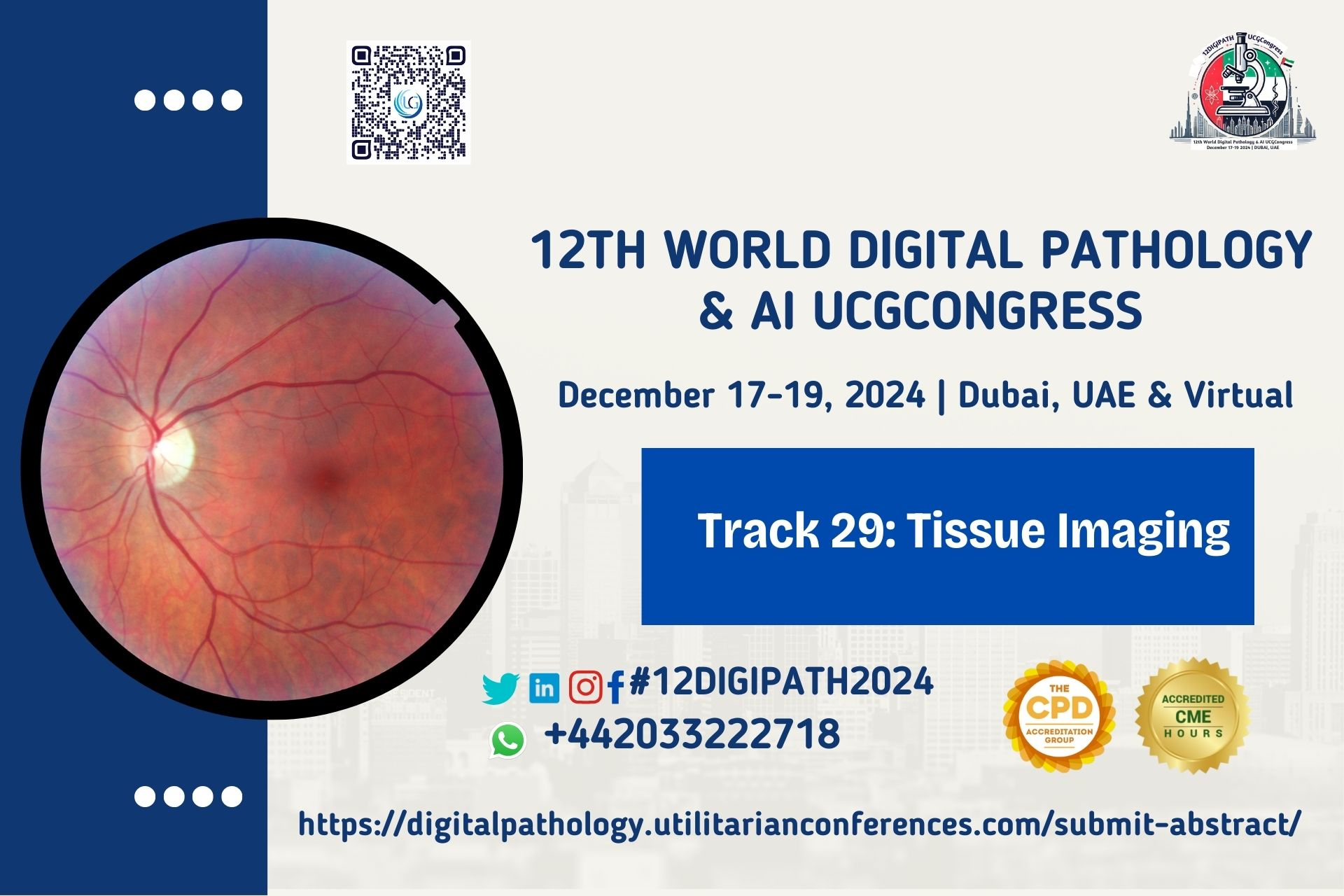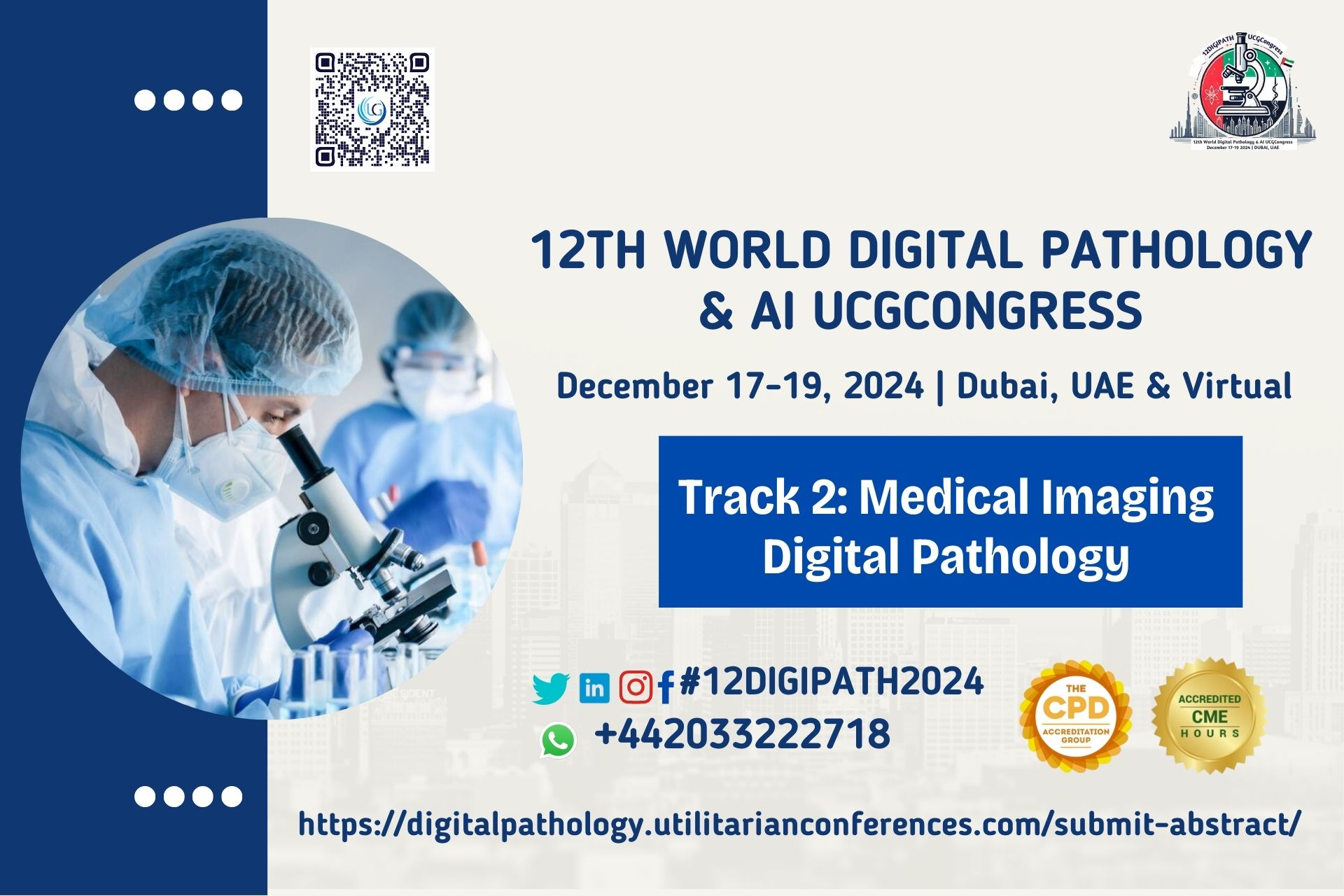



Sub track:-
Enhanced Image Quality Quantitative Analysis, Faster Turnaround Times,...

Sub track:-
Integration of Imaging Modalities, Advanced Image...

sub track:-
Definition and Purpose, Imaging
Techniques, Clinical Applications, Research Applications, Advancements in
Imaging Technology, Challenges, Tissue Imaging, DigitalPathology, Medical
Imaging, Histopathology, MicroscopyImagingScience, Biomedical Imaging,
Pathology Research, Clinical Imaging, Histology, Immunohistochemistry,
Molecular Imaging, Healthcare Innovation, AIinHealthcare, Cell Biology
Tissue Imaging is the process
of visualizing and analysing the structure and composition of biological
tissues using various imaging techniques. This field plays a crucial role in
both clinical diagnostics and biomedical research, providing detailed insights
into tissue architecture, cellular organization, and molecular characteristics.
Tissue imaging can range from traditional light microscopy to advanced methods
like fluorescence microscopy, confocal microscopy, and mass spectrometry
imaging. A fundamental research method that uses techniques to obtain clear
images of objects deep within biological tissues, such as tumours. These
techniques can help with medical diagnosis, research, and understanding complex
biological systems.
1. Methods of Tissue Imaging
a. Light Microscopy
Bright field Microscopy: The most
common form of light microscopy where tissues are stained to provide contrast
and observed under transmitted light. Useful for general tissue examination and
morphology.
Fluorescence Microscopy: Uses
fluorescent dyes or markers to label specific molecules or structures within
tissues. Useful for visualizing specific proteins, nucleic acids, or cellular
components.
Confocal Microscopy: Employs laser
scanning to produce high-resolution images of tissue samples by eliminating
out-of-focus light. Provides detailed 3D imaging of tissues.
b. Electron Microscopy
Transmission Electron Microscopy
(TEM): Provides ultra-high-resolution images by passing electrons through thin
tissue sections. Useful for detailed examination of cellular organelles and
structures.
Scanning Electron Microscopy (SEM):
Scans the surface of tissues with electrons to produce 3D images with high
depth of field. Useful for studying surface morphology and texture.
c. Imaging Mass Spectrometry
Matrix-Assisted Laser
Desorption/Ionization (MALDI): Combines laser technology with mass spectrometry
to visualize molecular distributions in tissue samples. Useful for analyzing
proteins, lipids, and other molecules in situ.